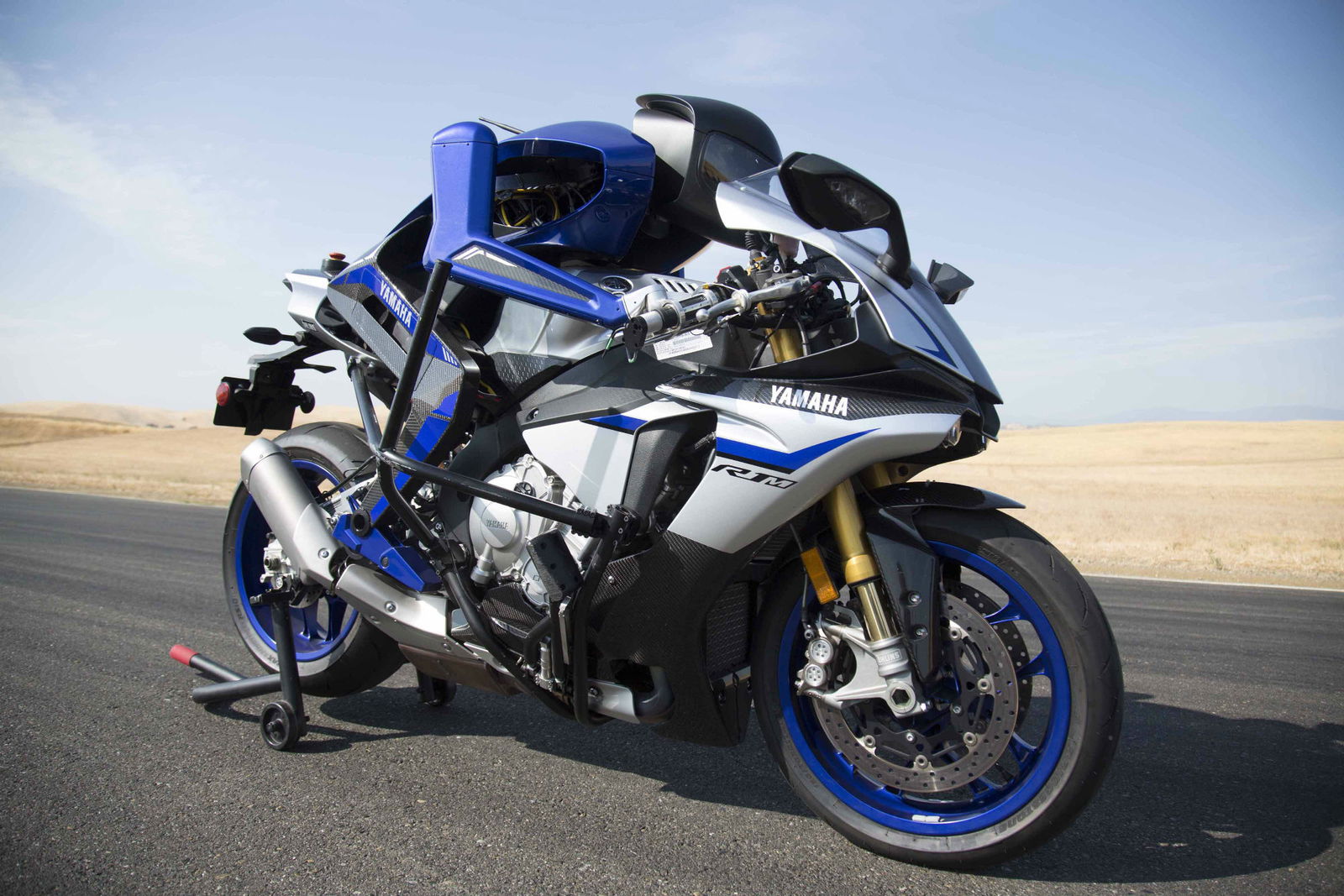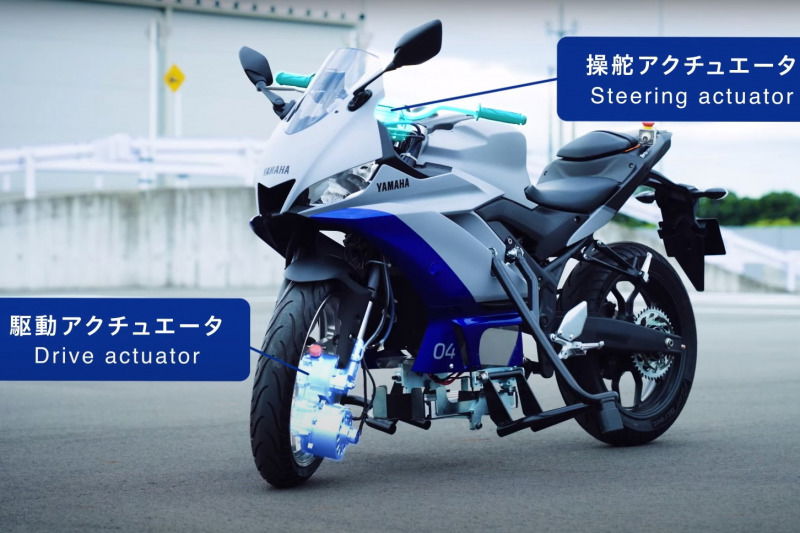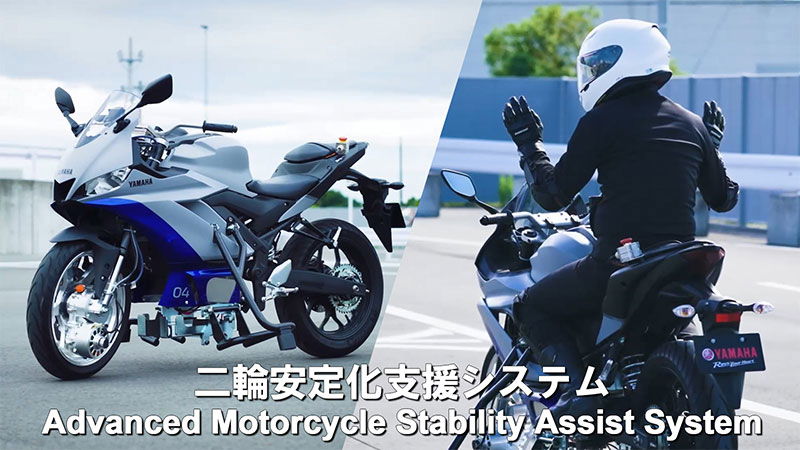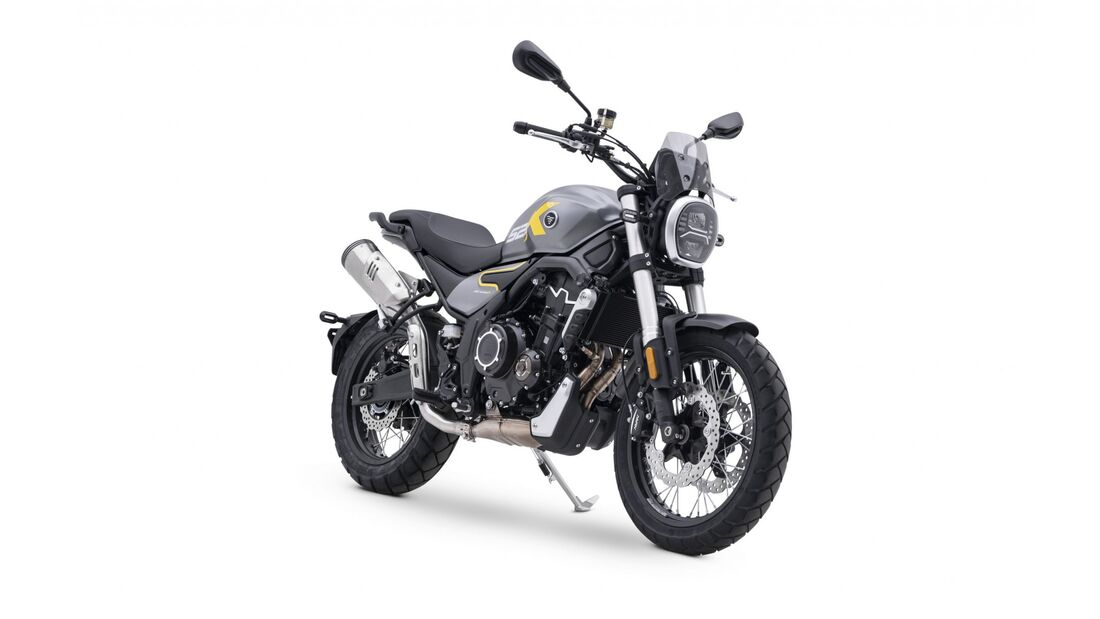Yamaha is still looking into self-balancing systems
We’ve had Motobot and Motodroid, well now Yamaha has developed Advanced Motorcycle Stability Assist System and fitted it to an electric motorcycle

MANY mainstream motorcycle manufacturers have toyed with the idea of developing a self-driving or self-balancing motorcycle. With Honda, BMW, Harley-Davidson, and Yamaha are all being reported to have dipped a robotic toe into the technology.
Yamaha though is the one brand that seems to be really pushing this technology forwards though, whether riders want the technology or not. It all began with the Motobot, announced in 2015, a system that was superseded by Motodroid in 2017. Motobot was hailed as a motorcycle-riding robot that could use normal human controls to ride any motorcycle, and lap tracks at more than 200kph (124mph). Motodroid had much loftier ambitions, and Yamaha touted the device to be lapping tracks quicker than the factory's star rider, Valentino Rossi.

The Yamaha Motodroid concept from 2017
In the end, neither really hit the mark, although it now becomes clear what was actually going on. Rather than develop a machine that could ride a bike at serious speeds on the track, Yamaha was building up a knowledge base for use on future projects and using the headline-grabbing droids as a vehicle to drum up some noise about the high-tech systems it was developing.

The fruits of that could be what we are looking at here, as Yamaha gives us its first glimpse of a self-balancing bike that could go into production. It’s a fairly standard-looking Yamaha R3, with a few additions to its design. First up, it’s electrically powered, unlike Motobot and Motodroid which utilised conventional petrol-powered machines. It also features an innovative self-balancing system, bolted directly onto the R3 platform.

It is called Advanced Motorcycle Stability Assist System, or AMSAS for short. It features a six-axis inertial measurement platform, with automated steering inputs that can achieve self-stabilisation at speeds below 5kph. And we aren’t talking about self-balancing while the vehicle is without a rider on the seat. Yamaha has released a video of the bike showing a rider on the seat, moving along slowly with no hands on the controls while the electronics do their thing.
Yamaha is still looking into self-balancing systems
The thinking behind the project is motorcycle safety, with Yamaha pointing out that 70 percent of bike crashes happen within two seconds after the initial moment of cause. It claims this is not enough time for some riders to avoid a crash, and it hopes that in these cases, AMSAS can then step in to save the day.
While the technology may seem redundant to many riders, it’s clear that motorcycle manufacturers, including the biggest names in the business, are taking it very seriously. Whether or not we see this on the road in years to come though remains to be seen.

.jpg?width=1600)
